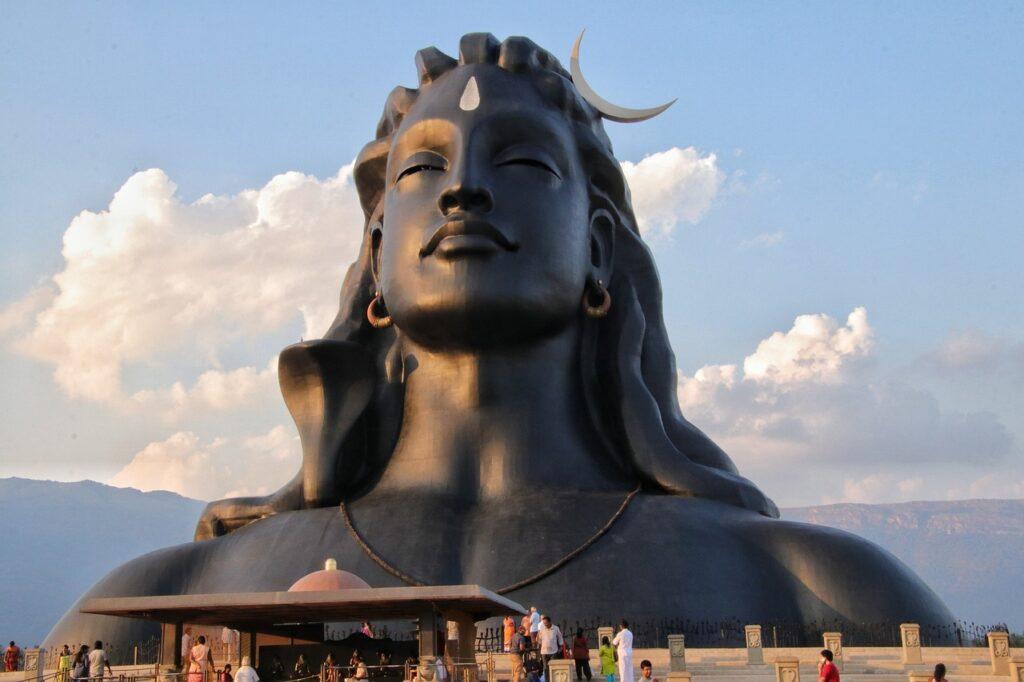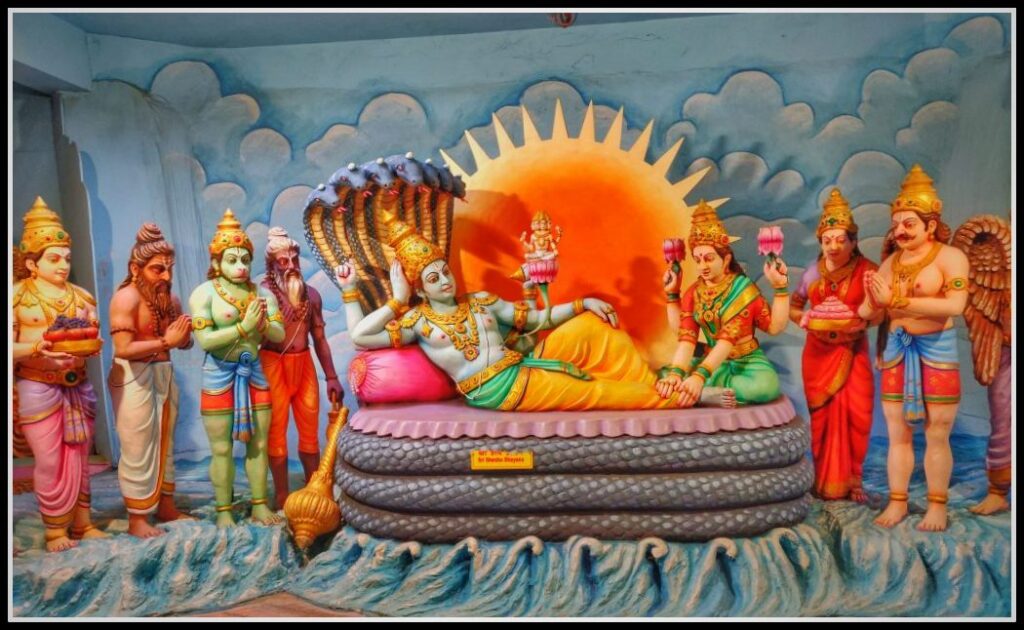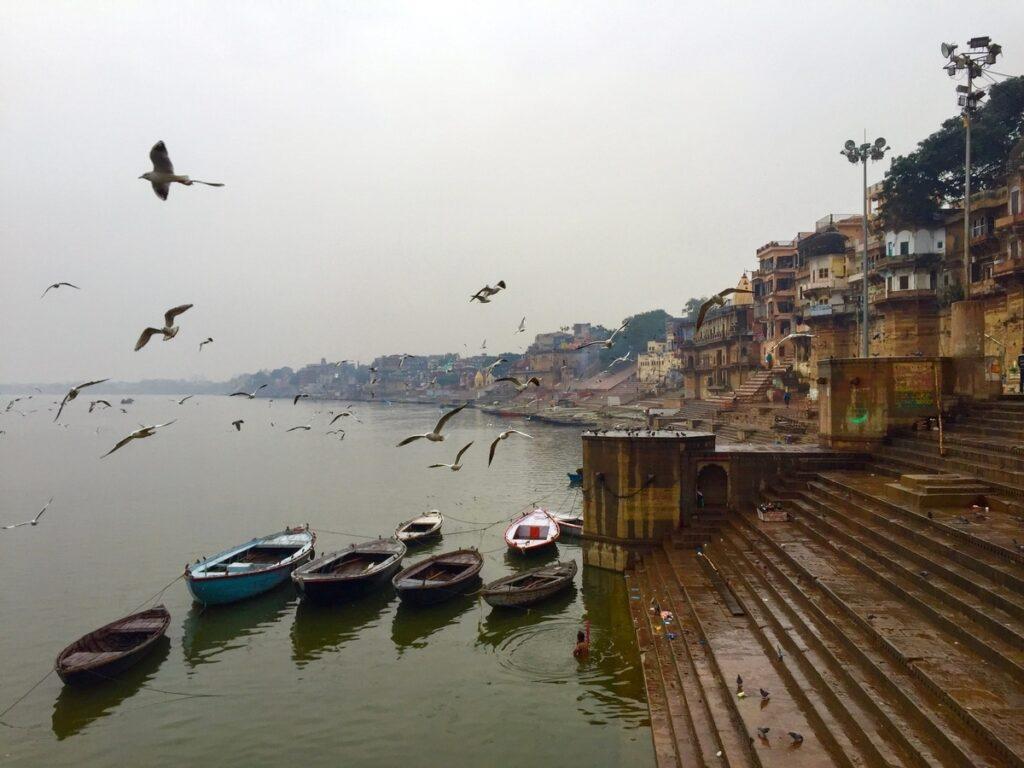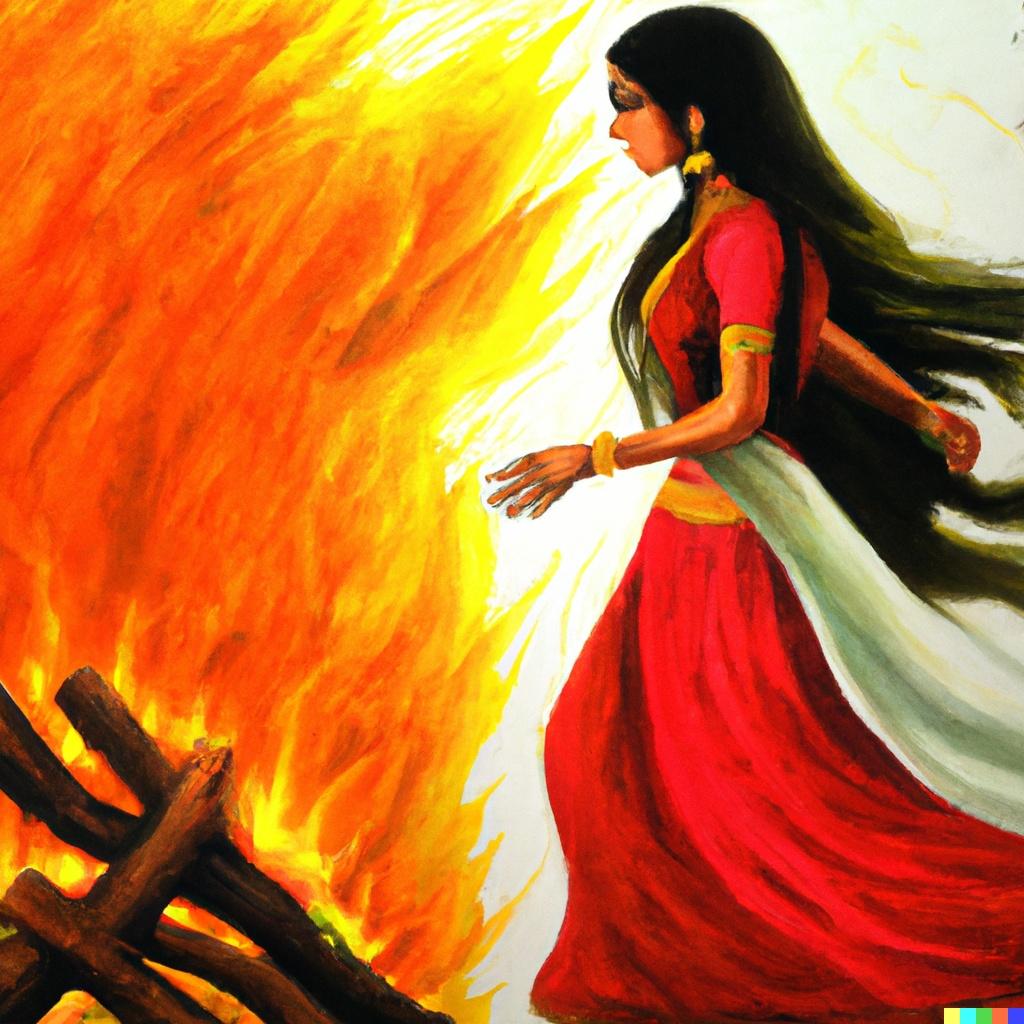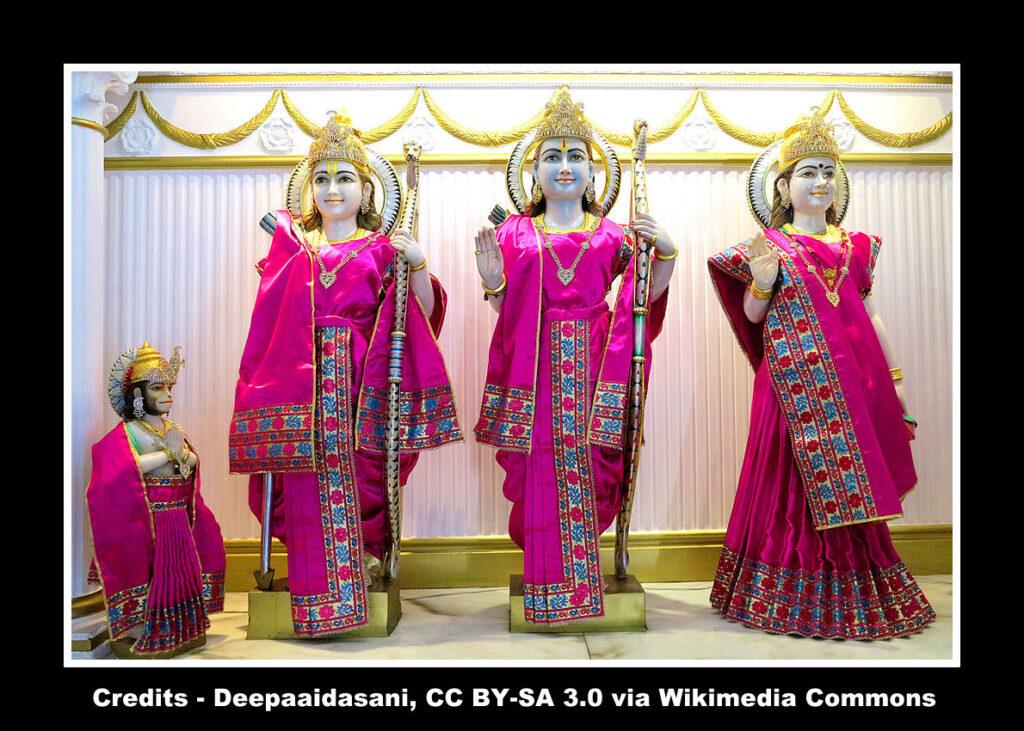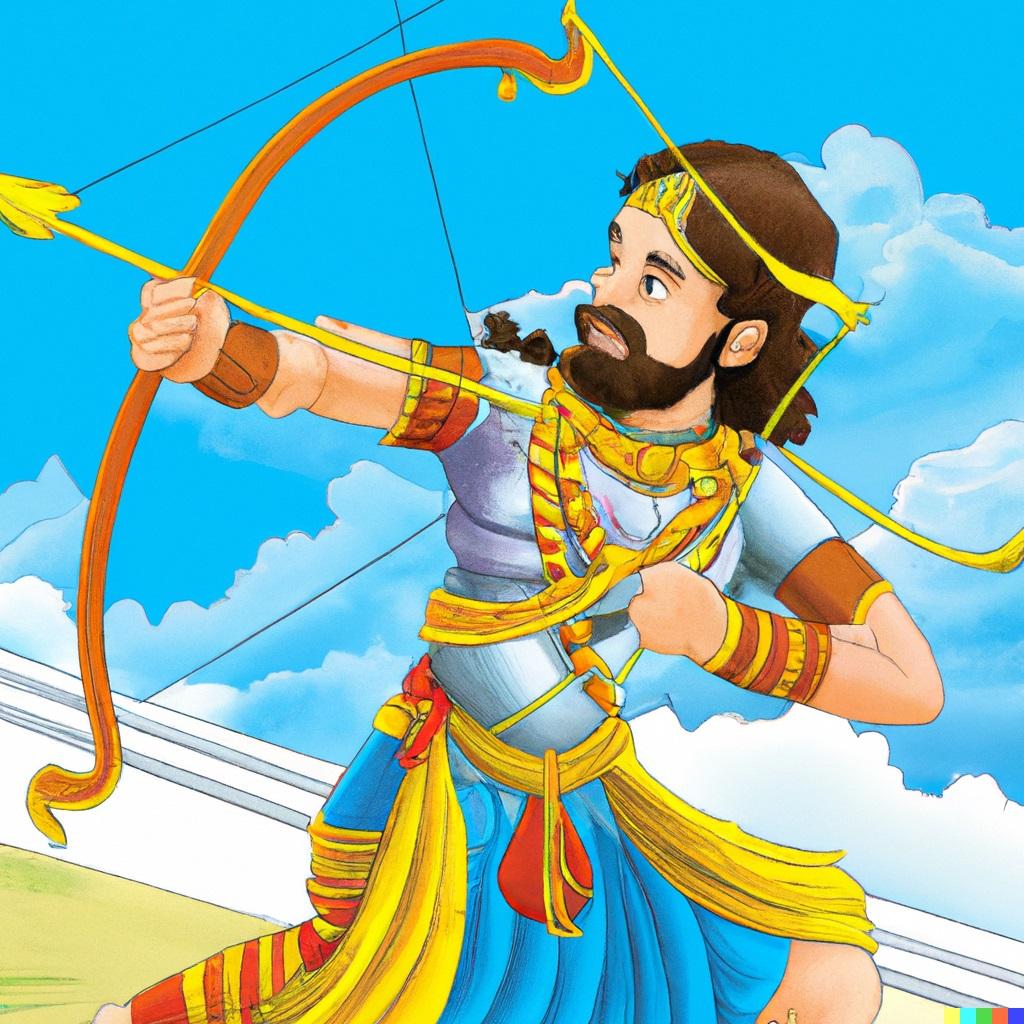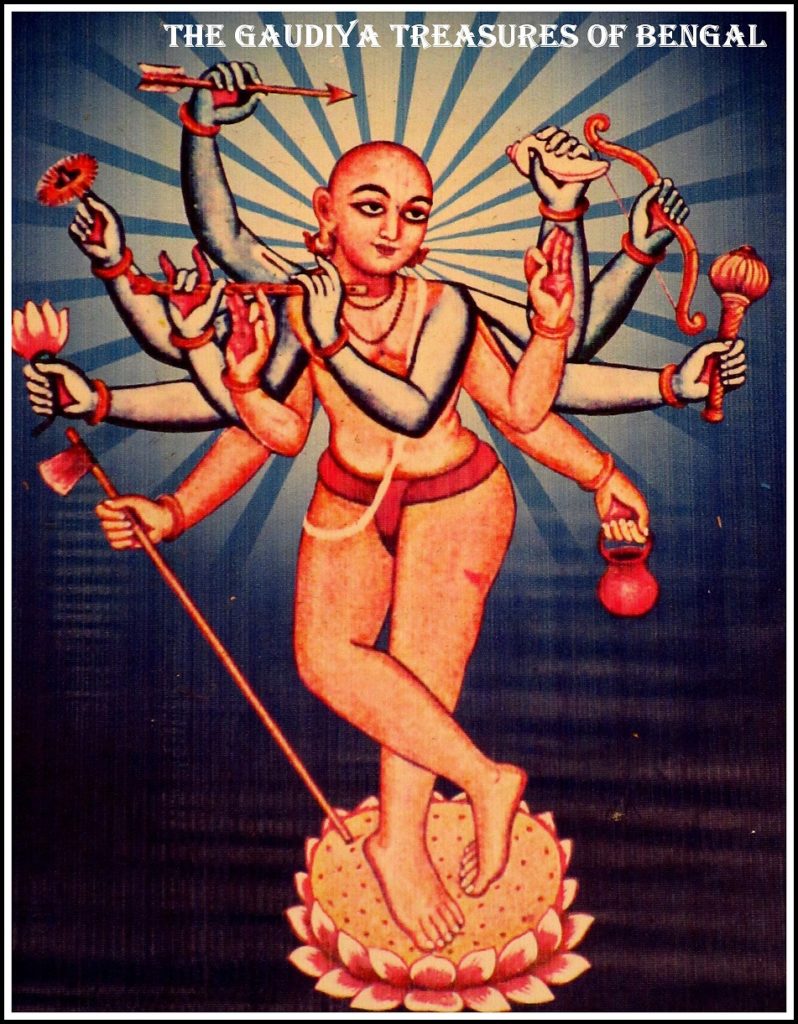
Sri Chaitanya Mahaprabhu, revered as the Supreme Personality of Godhead, appeared about 538 years ago (1486 AD) at Yogpeeth in Mayapur, West Bengal, India, to bless humanity with His ecstatic pastimes. Born to the pious couple Sri Jagannatha Misra and Saci Devi, His divine identity is affirmed in numerous Vedic scriptures, including the Srimad Bhagavatam, Garuda Purana, and Mahabharata.
For example, the Garuda Purana foretells:
“In the first part of Kali-yuga, I shall appear in my complete spiritual form at Mayapur, Navadvipa, as the son of Saci.”
The mission of Lord Chaitanya, characterized by His golden complexion and the Sankirtana Yajna (the congregational chanting of the Holy Names), is beautifully described in Srimad Bhagavatam (11.5.32):
“Krishna varnam tvishakrishnam sangopangastra-parsadam yajnaih sankirtana prayair yajanti hi sumedhasah.”
Sri Chaitanya’s teachings have transcended boundaries of nationality, culture, and language, uniting people in the common cause of spiritual upliftment. His message of Sankirtana has inspired a global movement, with the chants of “Hare Krishna” resonating in cities like London, Paris, Tokyo, and New Delhi. Eminent scholars acknowledge that Lord Chaitanya’s life and teachings are unparalleled in human history, offering profound insights into unity and devotion that continue to inspire millions worldwide.
Life and Pastimes of Chaitanya Mahaprabhu
Sri Chaitanya Mahaprabhu’s divine pastimes are traditionally divided into three phases: Adi-lila, Madhya-lila, and Antya-lila. The Adi-lila, covering the first 24 years of His life before He accepted sannyasa (renunciation), unfolded in the sacred land of Navadvipa. During this phase, His enchanting pastimes ranged from His childhood (balya) and boyhood (pauganda and kaishore) to His youthful years (yauvana). The Lord filled the hearts of Navadvipa’s pious residents with joy through His divine activities.
It was in these years that Lord Chaitanya performed the blissful pastimes of His marriage and initiated the ecstatic congregational chanting (sankirtana) at the home of His eternal associate, Sri Srivasa Pandita. The sacred land of Navadvipa, imbued with the dust of His lotus feet, remains a ‘chintamani’ (spiritual gem) for those fortunate enough to access its glories by His causeless mercy and the blessings of a spiritual master.
As a child, Lord Chaitanya, lovingly called Nimai, was known for His mischievous and playful nature. He often teased and debated with the residents of Navadvipa, showcasing His sharp intellect and unmatched wit. Despite His mischief, His charm endeared Him to everyone. Every afternoon, after completing His studies, Nimai would bathe in the holy Ganges, accompanied by a crowd of sannyasis, householders, and children who rejoiced in His company.
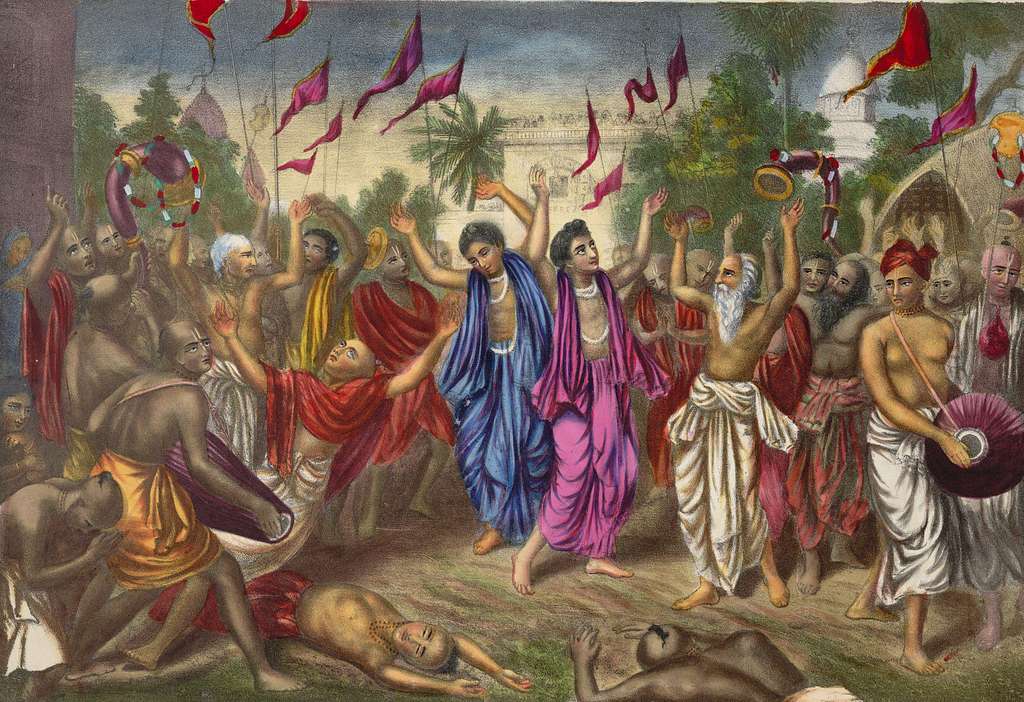
Nimai’s brilliance as a scholar was unmatched. Under the guidance of His teacher, Gangadas Pandita, He mastered complex subjects effortlessly, captivating His peers with His clever arguments. As Navadvipa was a hub of learning, debates were common among students along the banks of the Ganges. Nimai would join these gatherings and debate with unmatched eloquence, defeating all challengers.
His intellectual prowess extended to encounters with renowned Vedic scholars of the time, such as Kesava Kashmiri, Sarvabhauma Bhattacharya, and Prakashananda Sarasvati. Through profound logic and divine insight, He convinced them that devotional service to the Supreme Personality of Godhead transcends all other philosophies.
After embracing the renounced order of life (sannyasa), Lord Chaitanya left Navadvipa and settled in Jagannatha Puri. He traveled extensively across India, spreading the message of love and devotion through the sankirtana movement—the congregational chanting of the Holy Names of Lord Krishna. His life became an embodiment of divine love, inspiring countless souls to take shelter in the chanting of “Hare Krishna Hare Krishna Krishna Krishna Hare Hare, Hare Rama Hare Rama Rama Rama Hare Hare”.
The Reasons for Sri Chaitanya Mahaprabhu’s Descent
Sri Chaitanya Mahaprabhu rarely revealed His divine identity as the Supreme Lord, choosing instead to embody the mood of a devoted servant. His appearance had profound purposes, beautifully described by Srila Krishnadas Kaviraj Goswami in Sri Chaitanya Caritamrta.
To Bestow Unalloyed Devotion
After His pastimes in Vrindavana, Lord Krishna desired to share the unparalleled sweetness of spontaneous loving devotion (prema-bhakti), which transcends the reverential worship practiced by most devotees. While reverence leads to liberation and a place in the Vaikuntha planets, it lacks the intimate, ecstatic relationship experienced by the residents of Vrindavana. Lord Chaitanya appeared to distribute this rare treasure—unconditional devotional service—freely to everyone, regardless of caste, creed, or qualification, embodying His title as Maha Vadanya, the most merciful incarnation.
As Srila Bhaktivinoda Thakura writes:
“To bestow this rare love, Sri Chaitanya teaches surrender, the essence of a devotee’s life.”
To Relish Radharani’s Bliss
A deeper, confidential reason for His descent was Krishna’s desire to experience the transcendental ecstasy Srimati Radharani felt in serving Him. Although Krishna is the Supreme Enjoyer, Radharani’s bliss in devotion surpasses His own. To taste this supreme joy and understand the depth of Her love, Krishna assumed Her golden complexion and mood as Lord Chaitanya.
Navadvipa, a holy land envisioned by Radharani, became the stage for His pastimes, where He embodied both the emotions of union (sambhoga) and separation (vipralambha) from Krishna. As Srila Bhaktisiddhanta Saraswati Thakura describes, Lord Chaitanya is not just Krishna or Radharani but the inseparable union of both, radiating Radharani’s mood and effulgence.
The Ecstasy of Devotion
Lord Chaitanya also demonstrated how separation from the Supreme Lord could evoke the highest states of spiritual ecstasy, surpassing even the bliss of union. His later pastimes in Puri, particularly at Gambhira, reflected His intense longing and divine madness in separation from Krishna, revealing the pinnacle of devotional emotions.
Through these purposes, Sri Chaitanya Mahaprabhu inaugurated the sankirtana movement, uniting humanity in the congregational chanting of the Holy Names and opening the doors to the highest spiritual realizations for all.
Lord Chaitanya’s teachings in a Nutshell
Sri Chaitanya Mahaprabhu taught that we are spirit souls entrapped in material bodies, striving to fulfill spiritual desires through material senses. True fulfillment lies in connecting with the spiritual realm and rendering selfless devotional service to the Supreme Lord, our eternal purpose. Forgetting this, we chase endless material desires, mistaking them for the bliss we seek, only to end up frustrated.
He compared pure devotion to the sun, illuminating and banishing shadows of material entanglements, and emphasized chanting the Hare Krishna Mahamantra, described in the Kali Santarana Upanishad as the supreme purifier and deliverer. Chanting cleanses lifetimes of impurities, awakens our spiritual essence, and brings divine bliss.

‘Krishna surya sama, maya haya andhakara, Yahan Krishna, tahan nei mayara adhikara’
Mahaprabhu also championed universal fraternity, urging us to rise above sectarianism, which stems from bodily identification. His teachings, rooted in love and devotion, transcend race, culture, and creed, inspiring unity and spiritual awakening for all.
Causeless mercy of Chaitanya Mahaprabhu
Sri Chaitanya Mahaprabhu, the most merciful incarnation of the Supreme, bestows what no other incarnation has given before—ecstatic pure love of God. This rare gift, unattainable by demigods like Brahma and Shiva, or even by intense yogic austerities or scriptural knowledge, is freely granted by His causeless mercy, transcending all qualifications or backgrounds. Receiving this love fulfills the ultimate purpose of human life. Thus, Lord Chaitanya is celebrated as the essence of all incarnations, known as Avatara Sar Gauranga Avatara.
Lord Narayana revealed this secret to Devi Katyayani, as stated in Chaitanya Mangala:
“Gauranga, the essence of all incarnations, will appear in Kali Yuga and deliver all through His divine qualities.”
Chaitanya Chandramrita highlights:
“What is the benefit of other incarnations’ deeds—slaying demons, revealing paths like yoga, or rescuing the earth? None compares to Lord Chaitanya’s unparalleled gift of revealing pure ecstatic love for the Supreme.”
Sri Chaitanya Mahaprabhu’s pastimes, along with His associates, are the most blissful and unparalleled in history. Even His eternal associates have experienced greater ecstasies in His pastimes than in Krishna’s Vrindavana pastimes, as described in Chaitanya Mangala:
“The Lord manifested incomparable pastimes never witnessed in any era.”
Chaitanya Chandramrita confirms that Lord Gauranga’s mercy is the pinnacle of spiritual perfection. For one who receives His grace, liberation feels like hell, heavenly pleasures like sky flowers, and material existence transforms into supreme joy. Even the exalted positions of Brahma and Indra seem insignificant compared to the ecstasy of devotion bestowed by Lord Gauranga:
“Let us glorify the supremely merciful Lord Gauranga, whose sidelong glance uproots all misery and fills the universe with bliss.”


